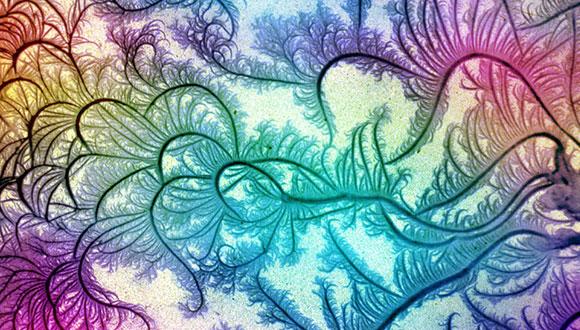Condensed Matter Physics Seminar: Probing the Elusive Surface states in 3D Topological insulators
Michal Shaviv Petrushevsky, TAU
Abstract:
Recently predicted and discovered, the exotic two dimensional electron gas (2DEG) formed at the surface of the three dimensional (3D) topological insulator has a Dirac (linear) dispersion relation and no spin degeneracy due to strong spin-orbit interaction. So far, the 2DEG was thoroughly studied mainly via surface sensitive probes, such as angle resolved photoemission spectroscopy (ARPES) and scanning tunneling microscopy (STM), and was confirmed to be protected against backscattering. However, probing the surface states in transport experiments still presents a challenge as in realizations of 3D real systems the surface conducting state is difficult to separate from the spurious bulk conductivity, believed to originate from crystal defects.
In this talk I will present two magnetotransport studies on realizations of a 3D topological insulator. First, I will talk about Shubnikov–de Haas measurements on Bi2Se3 flakes with high carrier concentration and low bulk mobility [1]. These oscillations probe the protected surface states and enable us to investigate their properties. Next I will describe anisotropic magnetoresistance (AMR) measurements on thin films of the proposed topological Kondo insulator SmB6, where the crystal bulk is believed to be driven to a true insulating regime due to electron-electron interactions [2]. The AMR we measure changes sign at the temperature where an energy gap is formed. This energy gap is associated with the emergence of surface states. We interpret our data as resulting from a competition between surface and bulk contributions to the conductivity. The opposite contributions arise from different types of spin-orbit interaction.
[1] M. Petrushevsky et al., Phys. Rev. B 86, 045131 (2012).
[2] M. Petrushevsky et al., To be published (2016)
Seminar Organizer: Dr. Eran Sela


